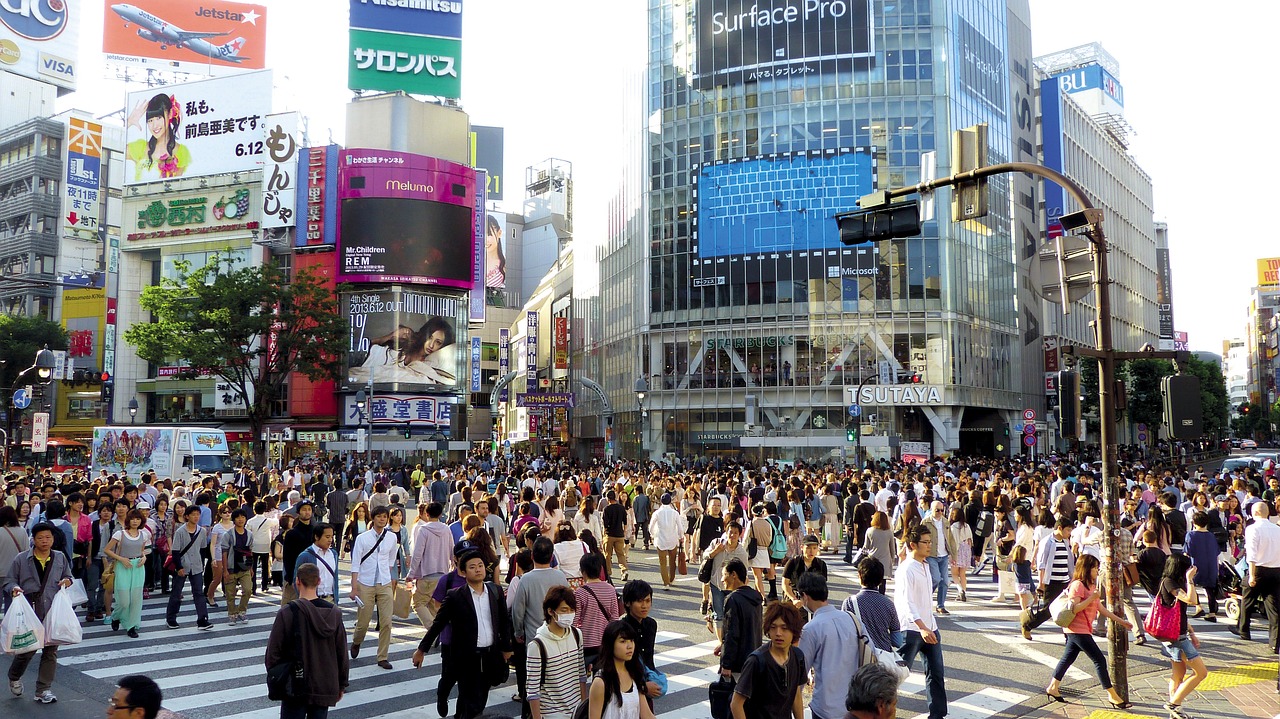
Vocabulary:
- devastating /DEV-uh-stey-ting/
- trigger /TRIG-er/
- caution /KAW-shuhn/
- hazard /HAZ-erd/
- compelling /kuhm-PEL-ing/
[adjective] – causing a lot of damage or destruction
The hurricane brought devastating winds and rain, leaving entire neighborhoods in ruins.
[verb] – to cause something to start
The loud noise from the fireworks can sometimes trigger anxiety in pets.
[noun] – great care and attention
The hiker proceeded with caution as she navigated the steep and rocky terrain.
[noun] – something that is dangerous and likely to cause damage
The construction site was marked with warning signs to alert workers of potential hazards.
[adjective] – something that is so persuasive, interesting, or powerful that it captures and holds one’s attention, making it difficult to ignore or resist
The documentary presented a compelling case for environmental conservation, showcasing the urgent need to protect our natural resources.
Article reading:
The 1995 Great Hanshin Earthquake in Kobe, which claimed around 6,000 lives, highlighted how even medium-strength tremors can devastate modern cities. Tokyo’s wake-up call came in 2011 with the Tohoku earthquake, the strongest ever recorded in Japan. While the capital saw relatively few casualties due to stringent building standards, the event revealed potential vulnerabilities. Tokyo’s infrequent exposure to strong tremors may create a false sense of security. The early-warning system, designed to alert before destructive waves hit, sometimes triggers false alarms, testing even the most prepared. These alerts, though occasionally inconvenient, are an essential aspect of a system prioritizing caution. The true danger lies not in the risk of collapse but in the potential for fire. Older buildings, constructed before stringent standards were introduced in 1981, pose a greater threat. Modern hazards like the rapid spread of rumors on social media, are less understood but significant. The collapse of communication networks following a disaster further compounds the challenge. The centenary of the 1923 earthquake is a compelling reminder for everyone to reassess emergency preparedness. Geological realities do not adhere to human memory, and disaster risk remains a constant global concern.
Discussion Questions:
- Have you ever experienced or been directly affected by a natural disaster or a significant emergency situation? If yes, how did it impact you, and did it change your perspective on emergency preparedness? If not, can you imagine how you might feel and respond in such a situation?
- In your community, do you feel there is a strong emphasis on disaster preparedness and awareness? Can you recall any specific initiatives or practices that promote readiness for potential emergencies?
- Do you think your city or region is adequately prepared for a major natural disaster, like an earthquake or hurricane?
- Reflecting on the article’s discussion of Tokyo’s earthquake history, what steps can be taken to maintain a realistic sense of readiness?
- Consider the challenges posed by modern hazards, such as the rapid spread of rumors on social media, in the aftermath of a disaster. How can communities and authorities work together to combat misinformation and ensure accurate and timely information is disseminated to the public?
Summarization
Describe:
- alert
- reminder
- global concern
- early-warning system
- wake-up call